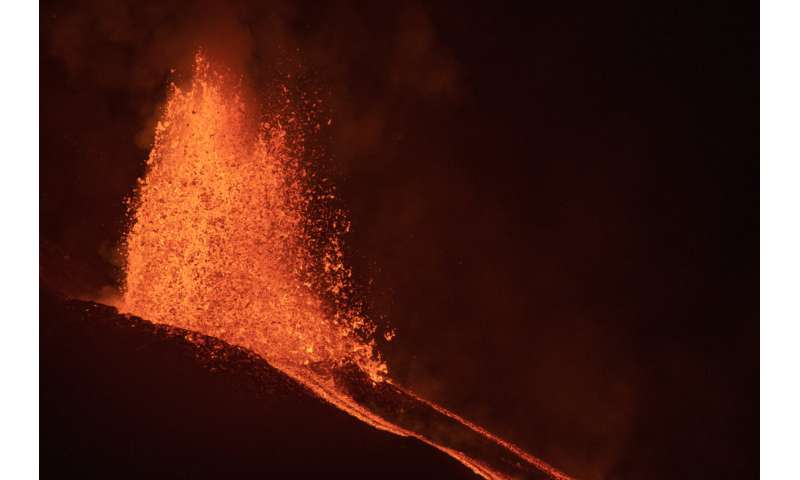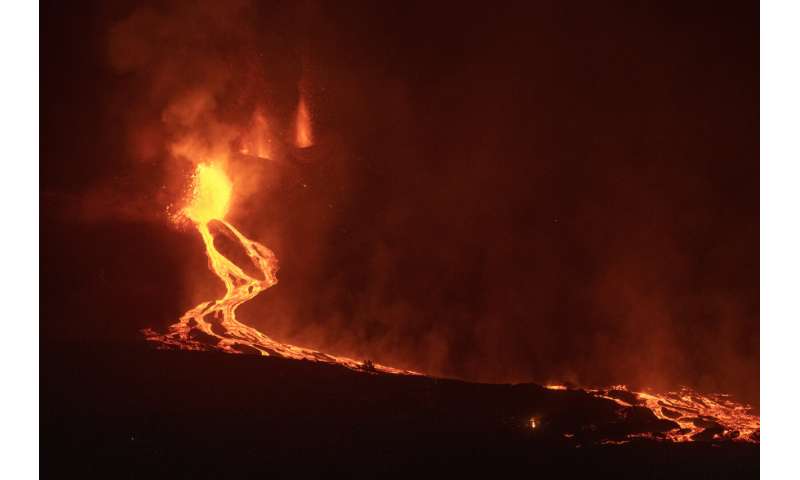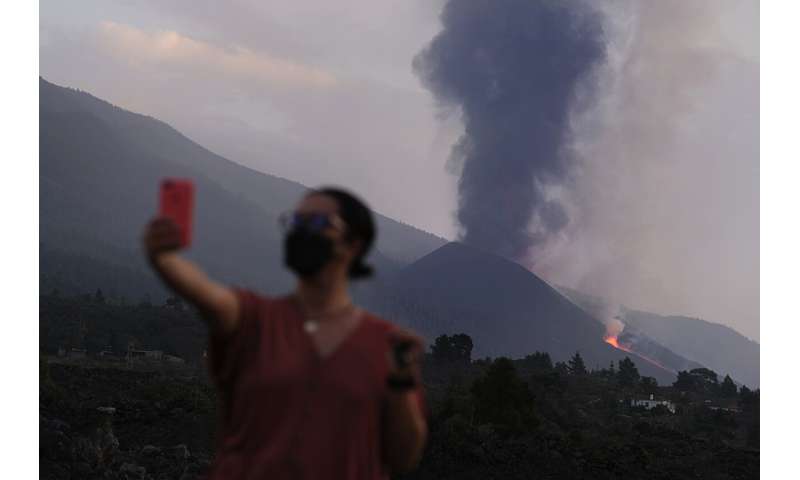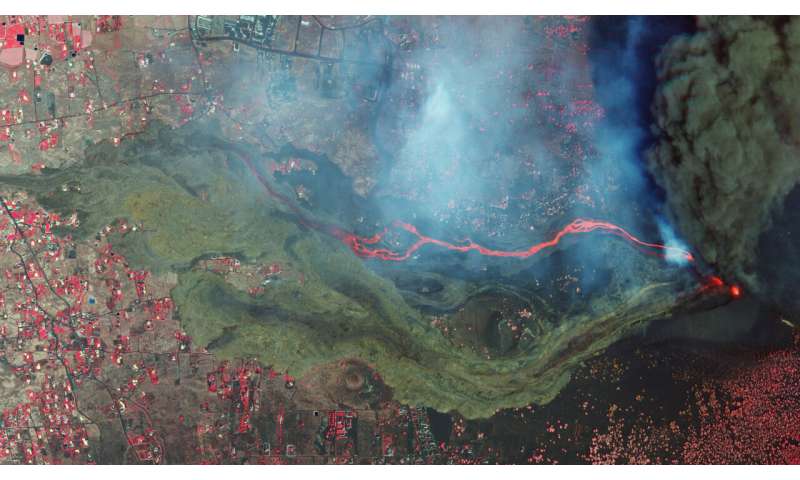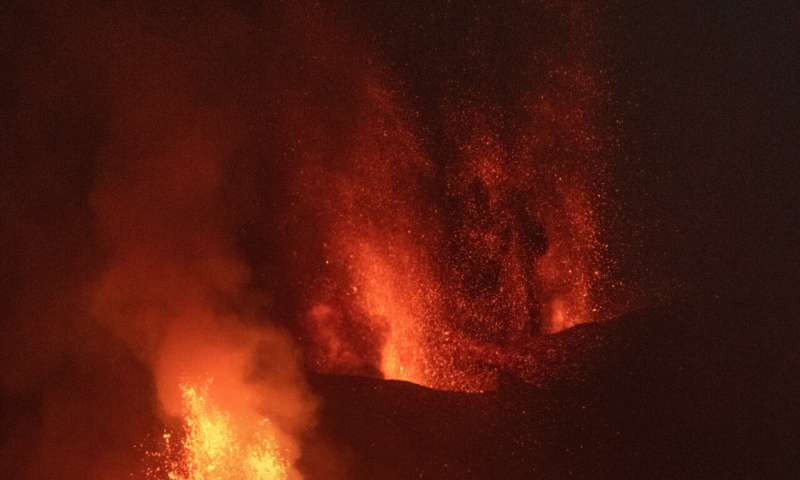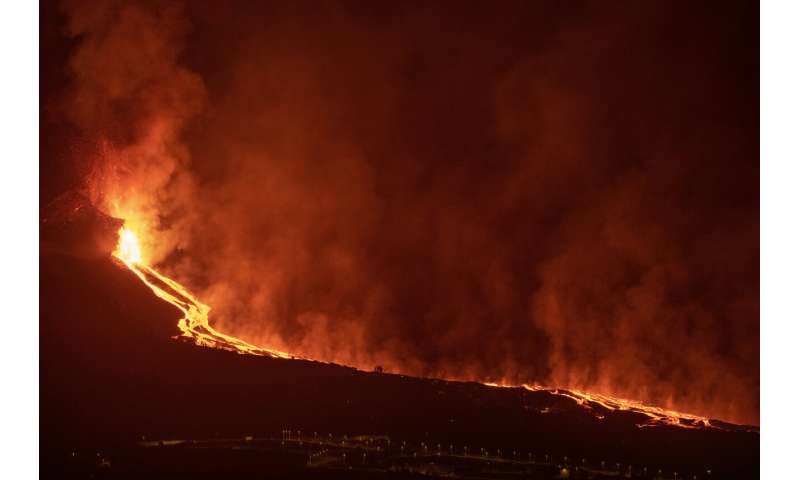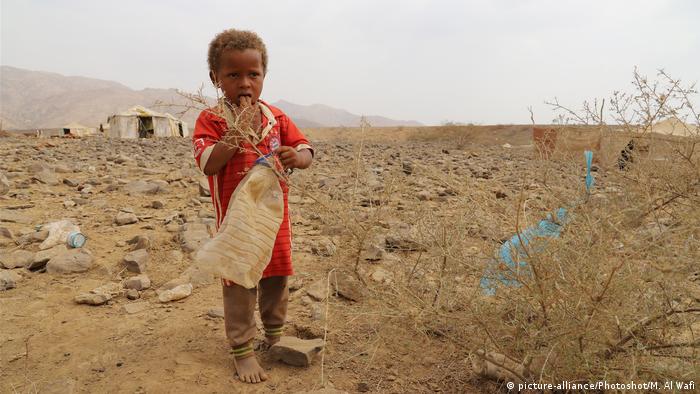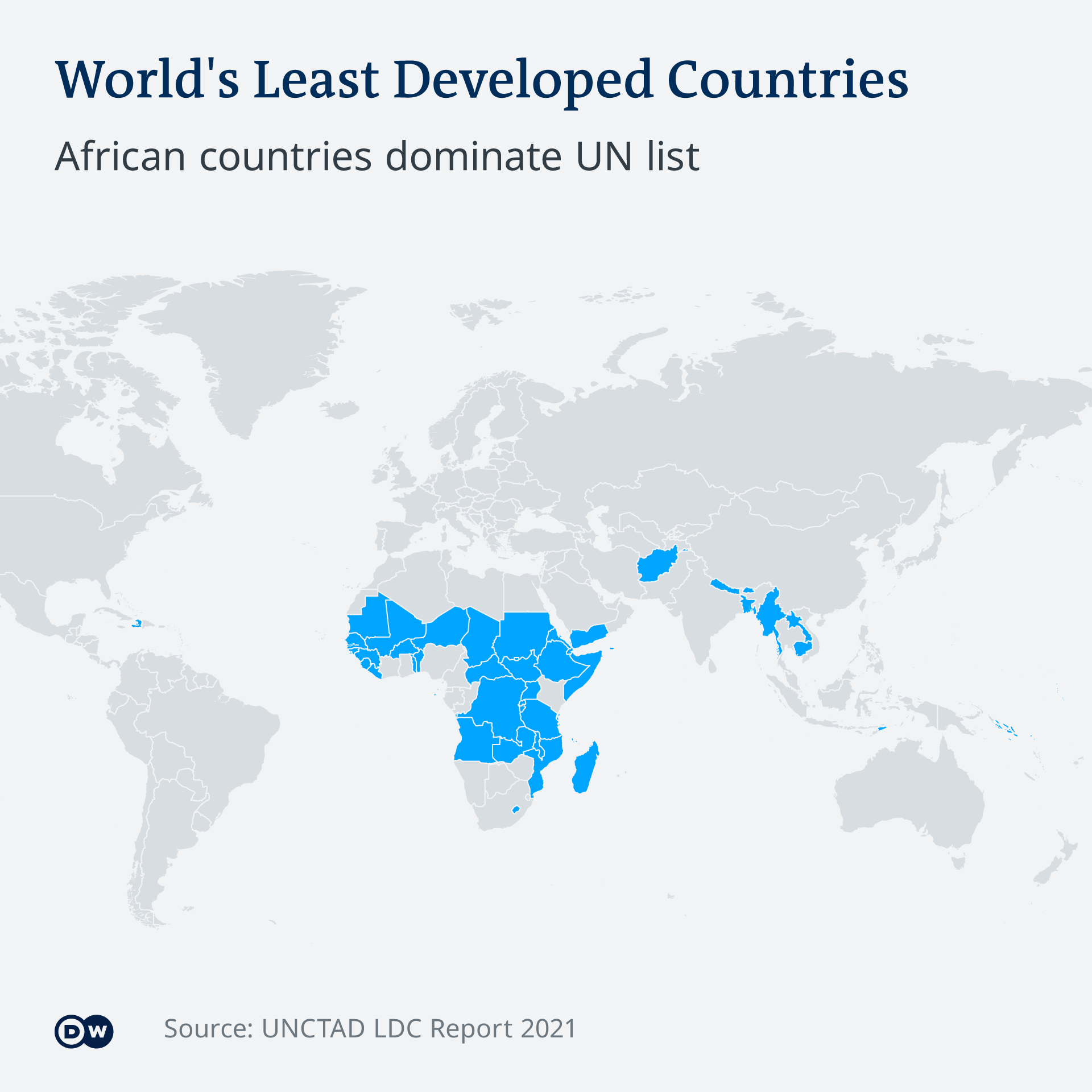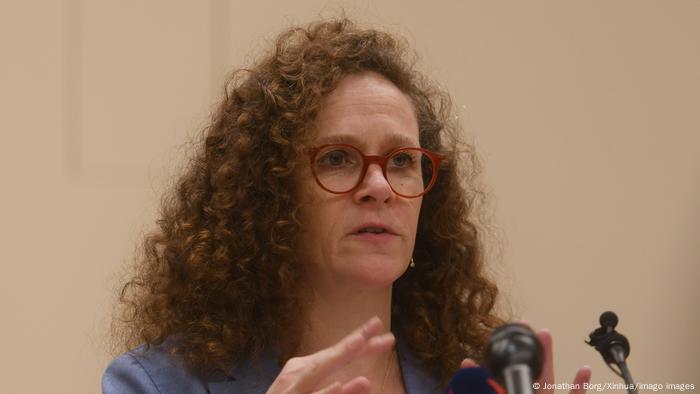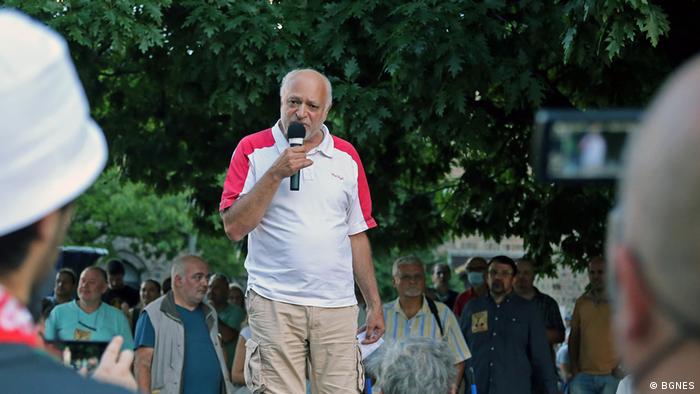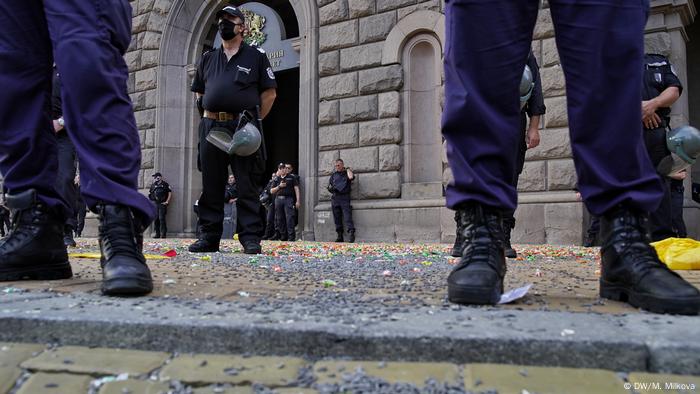insider@insider.com (Madison Hoff)

Employment for electricians, carpenters, and plumbers could help address the labor shortage.
Skilled trade workers typically get paid well, get to learn on the job, and aren't saddled with student loan debt.
Two experts told Insider that employers in the space have a rare opportunity to attract new workers.
The jobs of the future are in part the jobs of the past: Work for electricians, carpenters, and plumbers could help fix the labor shortage.
With millions of Americans reevaluating their careers during the pandemic and quitting jobs, skilled trades that typically offer relatively high pay and on-the-job training may be a promising new career choice.
A new annual report from Angi, a marketplace for home services, highlights not only the situation of skilled trades during the pandemic but also how skilled trades can take advantage of the Great Resignation in other industries - if done right.
"If home trades recognize the connection between what their trades offer and what workers are seeking during the Great Resignation, we could begin to see a narrative change around trade labor and start to reverse the labor shortages that have impacted the trades for years," the marketplace wrote in the report.
People in skilled trades are happy with their work, and 83% of tradespeople in the Angi report said they were at least somewhat satisfied.
"So when two-thirds of the labor force aren't engaged in their work, this is an area where people should be going because it's booming," Mischa Fisher, chief economist for Angi, told Insider.
Angi notes that there's a demand for these workers owing to booming markets in homes and home improvements during the pandemic. This demand is also seen in an analysis of job data from industrial staffing agency PeopleReady:
Even before the pandemic, there was a shortage of skilled trade workers.
Kevin Ponder, construction director at PeopleReady Skilled Trades, told Insider some Baby Boomers decided to retire early because of the pandemic. A shortage of workers in construction has also contributed to a record backlog of homes authorized but not started.
Skilled-trade employers need to change how they attract talent
Per Angi, 46% of skilled-trade employers said they recruit new workers by word-of-mouth recommendations, but Fisher said this may not be very effective for finding new workers.
"Because for the most part, tradespeople know other tradespeople. And so word of mouth, it's a very closed ecosystem," Fisher said. He added that recruiters instead should increase their digital presence.
Fisher said recruiters need to change their messaging as well. Most tradespeople say they're satisfied with their work mainly because they find meaning and value in it, per Angi's results. But that isn't being prioritized in recruitment efforts as shown in the below chart:
"They have to make sure they're communicating [that] people really like this work. You're going to like your job if you do this," Fisher said. "And so both the message and the medium have to be improved."
Ponder added trades need to highlight benefits like good compensation and being paid while learning on the job through an apprenticeship program and without the burden of student loans.
The following table shows the typical education, training, and pay in some trades:
Fisher added that there also needs to be more of an effort to hire women and people of color, as skilled trades are predominantly white men. Women only make up 3.1% of electricians; 2.3% of plumbers, pipefitters, and steamfitters; and 3.8% of construction laborers in 2020 per BLS data. Last year's data also shows 86.6% of construction laborers were white.
"What people [in skilled trades] are looking for - willingness to work hard, willingness to learn, customer service skills, planning, craftsmanship skills - there's no reason why we couldn't see that rate of women in the trades be much, much higher," Fisher said.
Ponder said if you're interested in being outside or building something that will be around for years, "you get that in construction, you get that in the skilled trades. And that's an opportunity where you get to see something that you've done that may be here 20, 30, 40 years later, and be able to look at your kids or grandkids and say I was a part of that."
"So many people that I saw start off at barely over minimum wage, 10 years later they were running million-dollar projects because they worked hard and they learned, and there's just not a lot of industries out there that still have that flexibility and freedom to allow you to grow based on what you're learning on the job," Ponder said.
Did you quit your job during the pandemic and have made the switch into a skilled trade position? Email this reporter at mhoff@insider.com.Expanded Coverage Module: what-is-the-labor-shortage-and-how-long-will-it-last
Read the original article on Business Insider
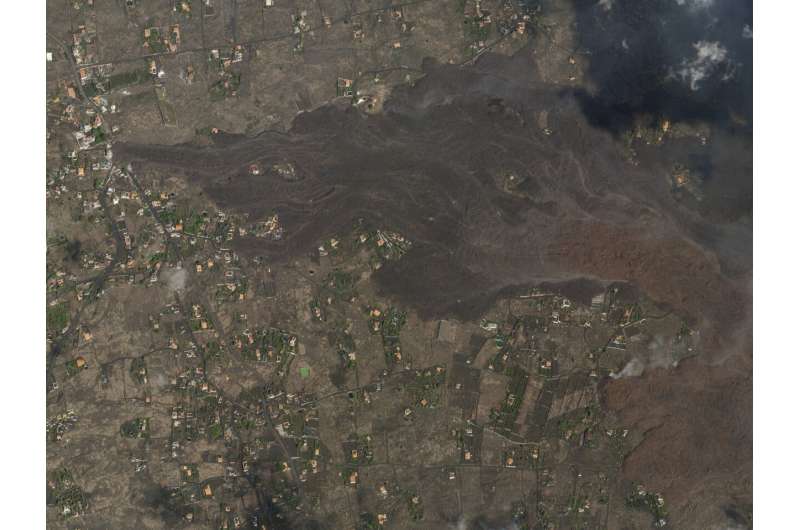
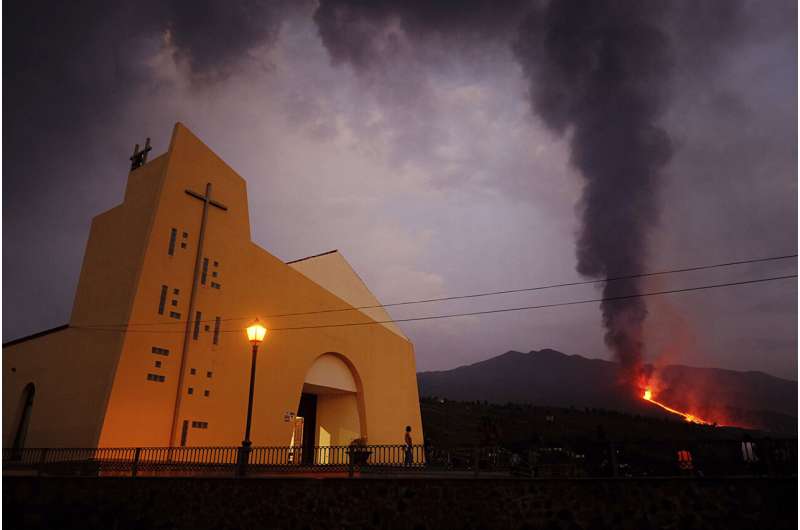 Lava flows from a volcano on the Canary island of La Palma, Spain on Monday Sept. 27, 2021. A Spanish island volcano that has buried more than 500 buildings and displaced over 6,000 people since last week lessened its activity on Monday, although scientists warned that it was too early to declare the eruption phase finished and authorities ordered residents to stay indoors to avoid the unhealthy fumes from lava meeting sea waters. Credit: AP Photo/Daniel Roca
Lava flows from a volcano on the Canary island of La Palma, Spain on Monday Sept. 27, 2021. A Spanish island volcano that has buried more than 500 buildings and displaced over 6,000 people since last week lessened its activity on Monday, although scientists warned that it was too early to declare the eruption phase finished and authorities ordered residents to stay indoors to avoid the unhealthy fumes from lava meeting sea waters. Credit: AP Photo/Daniel Roca